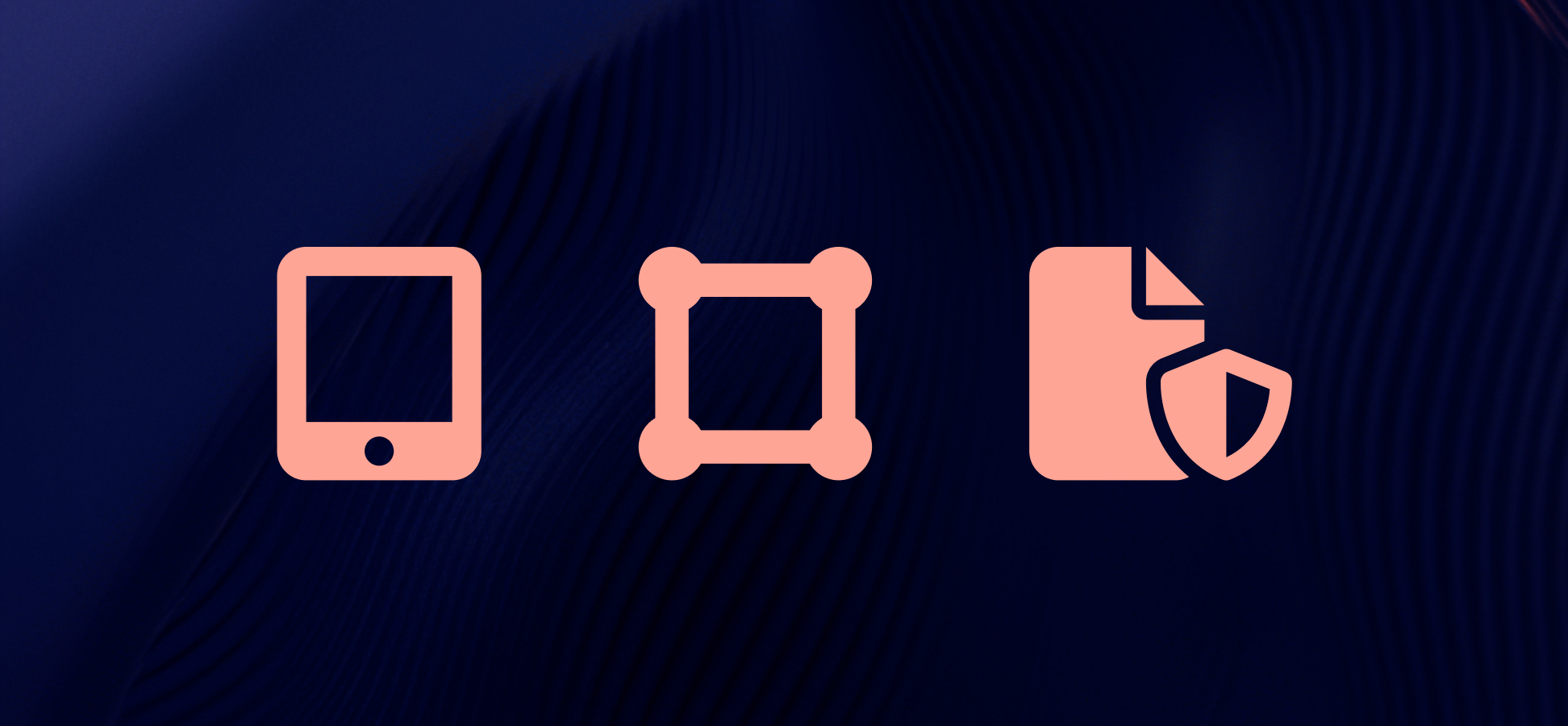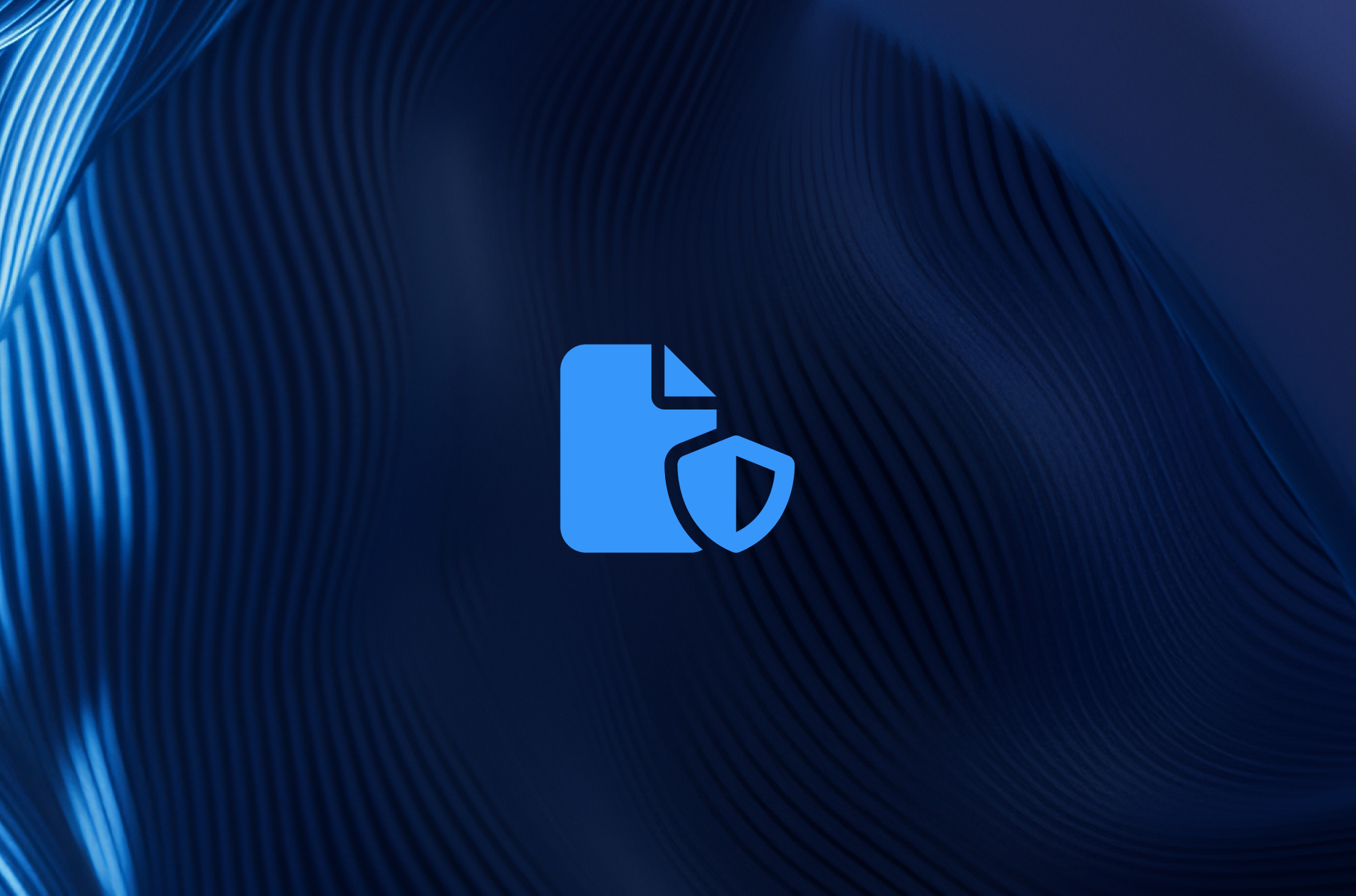Next generation digital observations for mental health

Mental health providers are facing a growing paradox: they must create safe, therapeutic environments while navigating increasing demand, staff shortages, and rising compliance pressures. For many years, mental health observations have often been approached as a procedural task, sometimes feeling removed from the broader aims of supporting patient progress and recovery.
LIO’s next-generation digital observation tool is designed to solve this problem. LIO helps providers document routine safety checks while actively promoting improved outcomes and patient recovery by protecting restorative sleep.
Moving beyond record-keeping: A unified approach to care
Traditional digital observation tools were built for record-keeping. The question leaders are now asking is: How can we move from reactive risk management to proactive, patient-centered care?
LIO’s next-generation digital observations tool streamlines safety rounds, helping teams document observations in mental health nursing up to 50% faster¹ - freeing up thousands of hours annually for patient care while ensuring full audit readiness.
More importantly, this isn’t a stand-alone tool. Our observation feature is part of the LIO operating platform, seamlessly connecting with:
- Ambient monitoring: Giving clinicians a complete picture of patient well-being and providing medical-grade vital sign and sleep data without intrusive or unsafe wearable devices.
- Management insights: Giving leaders the oversight they need for compliance and performance improvements.
The overlooked variable: Sleep as therapy
One of the most critical and often overlooked aspects of patient well-being is sleep. Sleep is not just a comfort - it’s a form of therapy. Research consistently shows that restorative rest supports emotional regulation, cognitive function, and overall recovery. Yet, traditional observation practices, like Q15s, often disrupt patients, sometimes as frequently as every 15 minutes.
Through the integration of ambient monitoring and digital observations, staff can perform a visual safety check and obtain real-time, medical-grade pulse and breathing rate measurements completely contact free.2 The results are fewer disruptions, more restorative sleep, and a stronger foundation for recovery.
This approach not only improves patient dignity and comfort but also gives staff confidence in their ability to ensure safety. As one nursing supervisor shared, “It doesn’t interrupt clients’ sleep, which is super important.” A patient echoed this sentiment, stating, “It was nice to get a good night’s sleep. I sleep better [in the room with LIO] than the other room where the lights are turned on and the shutters are opened a lot of the time.”
A clinical case for change
The impact of this approach is demonstrated by a patient with a history of several weeks of incidents, aggression, and medication refusal. The clinical team noted she was easily disturbed, always looked tired, and that her symptoms were worse in the mornings and evenings. They were considering transferring her to a more secure unit with continuous 1:1 supervision.
However, as told by a Senior Nurse Manager at an inpatient mental health provider, “we decided to use LIO at night when conducting observation checks to promote sleep hygiene. After only a few nights, her sleep pattern improved significantly, with her sleeping around 8-9 hours per night. This had a positive impact on medication compliance and dietary intake. Her mood rapidly improved, and the need for physical intervention stopped. She began engaging in meaningful activities, and her diet and fluid intake became healthy.
Improved sleep had such a positive impact that she was able to remain on the unit without the need for 1:1 support and was discharged within a few months. As a member of the clinical team shared, "The catalyst for this change was the implementation of LIO. The system not only changed her quality of life but also where she got to live for her future in a less restricted environment which she enjoyed."
A blueprint for the future
LIO’s next-generation digital observations are a key part of the LIO operating platform - the only solution uniting digital observations, ambient monitoring, and management insights into a single, hospital-wide system. This integrated approach helps providers shift from reactive to proactive care, ensuring safer environments and more efficient operations.
The operational impact is measurable, showing both significant financial returns and enhanced risk management with fewer safety incidents. The results include a 44% reduction in self-harm,3 a 48% reduction in falls,4 a 37% reduction in assaults,5 and a 24% reduction in restraints.6 Financially, a medium-sized organisation can see over £1M in direct savings annually, a 183% return on investment, and a break-even point in just four months.1
The future of inpatient mental health will not be defined by incremental digitalisation but by integrated intelligence. Technology must lighten the load for staff, protect patient dignity, and give leaders the insights they need to deliver safer, higher-quality care. As the Chair of a mental health provider noted, "I led a recent CQC inspection and I was informed how LIO had enabled staff to save at least nine lives in mental health acute settings." With LIO, we are offering a blueprint for the future, where safety, efficiency, and compassionate care are seamlessly intertwined.
1. Buckley, C., et al. (2024). PLOS Digital Health, 3(9): e0000559; 2. LIO’s vital signs software is a registered medical device under the name 'Vital Signs'; LIO’s sleep software is a registered medical device under the name 'Oxevision Sleep System'. 3. Ndebele, F., et al. (2023). Journal of Mental Health, 33(3), 320-325; 4. Wright, K., & Singh, S. (2022). Journal of Patient Safety, 18(3), 177-181; 5. Ndebele, F., et al. (2022). Journal of Psychiatric Intensive Care, 18(2), 95-100; 6. Kekic, M., et al. (under review);








